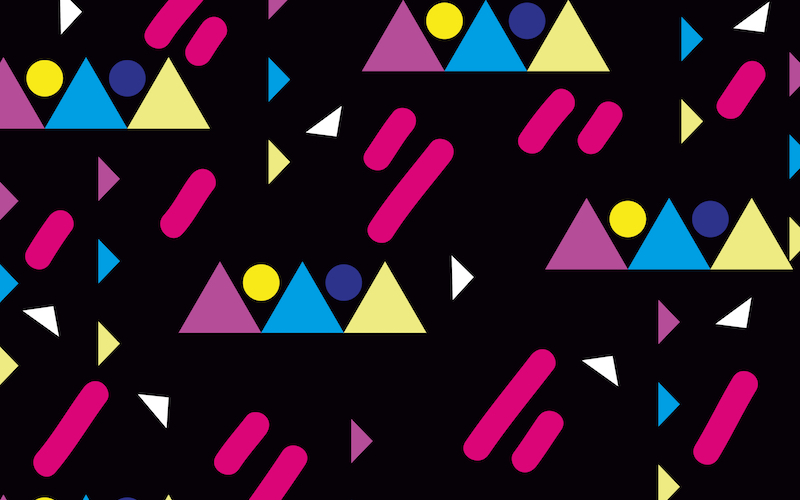One of the most exciting retail trends of the past few years has been fast fashion: low cost, cutting edge clothing from brands like Zara and H&M. By leveraging our increasingly connected world, these brands manage to stay on-trend and keep customers coming back week after week. Retailers like these have disrupted the seasonal paradigm of more traditional designers and outlets by bringing products to market, from conception to the hands of customers, in a matter of weeks instead of months. This has had an enormous appeal among young, frugal, fashion-conscious buyers, who are searching for social media-ready looks on a budget.
As might be expected considering the market and business model, judicious application of technology has been vital for the growth of these retailers on every level, from staying on-trend, to connecting with customers via savvy advertising, all the way to making sure that the hottest looks stay in stock.
What Is Fast Fashion?
First, a quick recap. Fast fashion is a subset of the fashion industry that focuses on inexpensive, mass produced designs which take inspiration from high-end brands and a large, ever-changing variety of inventory that is constantly refreshed, even during traditional fashion season. In other words, these brands rely largely on two strategies: selling a large volume of product at a small markup to consumers who crave variety on a budget, and bringing designs to market in as little as five weeks, sometimes quicker. These pieces draw on both name-brand designers and social media trends found online, giving these retailers fashionable offerings at price points that rival big-box department stores like Target.
Fast fashion is particularly successful among young, social-media savvy consumers looking to set and follow trends who may not have the disposable income to regularly shop at high-end designer boutiques. These consumers look to online influencers and rapidly shared photos and memes in order to draw inspiration for their daily looks, and since fast fashion is built to expedite the bringing of product to market, these retailers are particularly effective in delivering for modern and future connected generations.
How Tech Drives Fast Fashion
The biggest innovation driving the continued rise of fast fashion retailers such as Zara and H&M has been these retailers’ ability to streamline their supply chain to the point where it becomes possible for them to conceive, design, ship, and sell a new item in as little as five weeks. This is due in part due to the sheer amount of information available to these retailers. By leveraging social media and released or leaked pieces from big name designers, these retailers can quickly adapt to changing trends.
The speedy turnaround also allows for frequent refreshing of inventory. Zara stores receive new items twice a week, while the slightly slower H&M will release 16 collections in a single year. Often these retailers will produce a small run of an item in order to test demand, then quickly manufacture more to meet the needs of their customers. And while ultrafast online-only competitors like ASOS and Misguided can cut the time from conception to sale down to two or even a single week, their brick-and-mortar counterparts stay competitive by both moving into the online space and leveraging the traditional advantages of retail such as customer service and immediate gratification, as well as more modern innovations like in-store pickup.
The Ultrafast Future
As of now there is no sign of fast fashion slowing down. Increased competition in this space is giving rise to new technological applications seeking to turn fast fashion into ultrafast fashion, the most notable of which is artificial intelligence delivered through machine learning. Retailers are leveraging these expanding systems to better forecast coming trends and customer demands, all in an effort to cut down the time between conception and delivery. The idea is to not only follow trends but to move ahead of them, providing customers what they’re looking for the moment it comes into their sphere of influence.
With better information on customer tastes and demands on the customer service end, artificial intelligence can provide better and more user-friendly custom shopping experiences for customers both online and in brick-and-mortar outlets. Fast fashion is in many ways uniquely positioned to take advantage of the internet and further developments in machine learning: since so much of the business model relies on creating a plethora of diverse items drawing from many sources, the more data can be gleaned, the better. The future is not only reacting to the rapidly-changing desires of consumers. It’s anticipating them so quickly, the hottest new piece is already in the supply-chain mid-season before customers even realize they want it.
To learn how CB4 uses machine learning to improve customer experience, floor execution, and drive net new sales, take a look at our Content Library for product overviews, case studies, and more.


